Why a Flabby Butt May Be Making Your Back Pain Worse
Some of us tend to get a flat and flabby butt as we age. However, did you know that this can also make your back pain worse? Let’s explore how that works and what to do about it.
Butt Muscles as We Age
Many of us get a flat butt as we age. There’s even a research study that confirms this, although, to many of us, that change isn’t obvious. Why?
The butt muscles are made up of several muscles that are called by the medical term “gluteals.” This is where we get the slang “glutes.” The muscles are the gluteus maximus, the gluteus medius, and the gluteus minimus. These muscles mainly function to extend, abduct (move to the side), and rotate the hip joint. They are key in walking normally, and they also help protect your back when you bend over to pick up something off the floor.
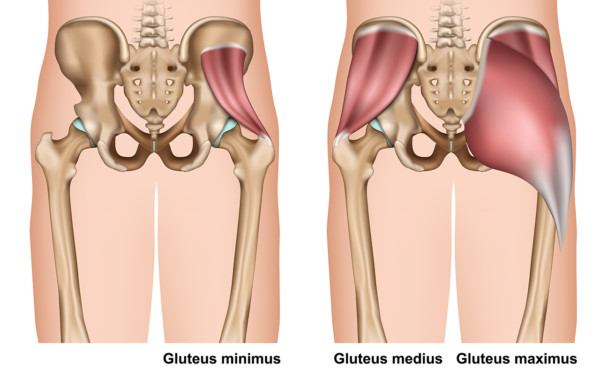
Medicalstocks/Shutterstock
The Story of My Disappearing Butt
This past decade, I barely noticed as my butt began to atrophy. It wasn’t until I began to get problems with my iliotibial band (ITB) that I began to get concerned. Why? The ITB is jacked directly into the gluteal muscles, and mine was loose and getting beat up with every step I took. How does that work? See my video below:
While I worked out quite a bit during this time, I paid little attention to my gluteal muscles, instead focusing on legs, arms, and core. However, a few months ago that changed, and this personal revelation has helped me immensely.
Why the Butt Going Off-Line in My Patients Is a Bad Thing
I’ve noticed for years that in most of my patients with any kind of back problem, their gluteal muscles go off-line. For example, when you lie face down and extend your hip (lift your leg with the knee straight), the butt muscles should kick in quickly before your leg lifts. In many of my patients, this is delayed and doesn’t happen as vigorously on one side versus the other. Why? The lower back nerves supply this muscle, and if they’re irritated, that muscle goes off-line.
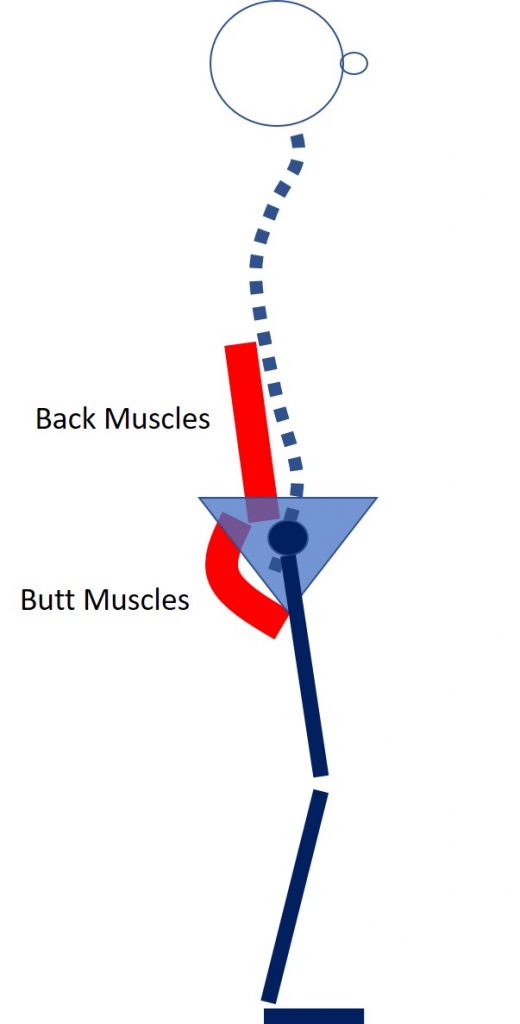
Your butt muscles protect your back. Look at the image to the right. Note that we have a slew of muscles associated with the lower spine. You have the back muscles, which consist of two types. One set is deep inside (multifidus), and that controls the motion of one vertebra on the other. The other set of back muscles is more superficial, and this helps keep your spine straight and helps lower and retract your spine when you bend forward. Finally, you have your butt muscles, which control the link between your spine and your legs.
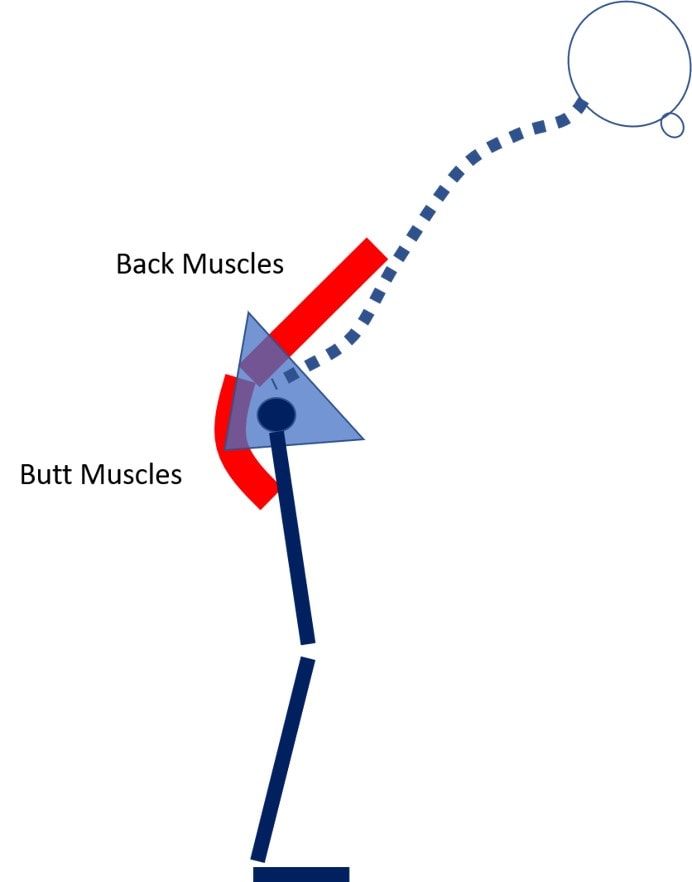
Now notice how when you bend forward the butt muscles are part of this process. They are literally all that drives the force in your back to your legs. Try this by bending forward the normal way versus really focusing on using your butt muscles to lower yourself down or to bring you back up. If those muscles are weak, you may not be able to tell the difference. But once you get them back online, you’ll see just how critical they are to protecting your low back.
F and F? Flat and Flabby vs. Firm and Fierce
As I said, my butt muscles began to go off-line as many do with aging. It actually wasn’t until I began to exercise them a few times a week that I noticed a dramatic change in both my ITB pain and how I functioned. This is a short workout routine to get your butt muscles from flat and flabby to firm and fierce. Trust me, your low back will thank you.
First up is a gluteal bridge. Really focus on your butt muscles powering this exercise.
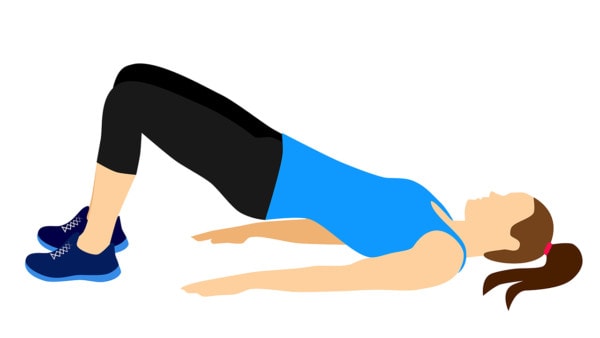
Katule/Shutterstock
I would start here for a few days to weeks as you begin to dial in your glutes. This exercise, if done slowly and carefully, should be fairly innocuous for your low back.
Another easy one to do that will be less strenuous on your back is a fire hydrant:
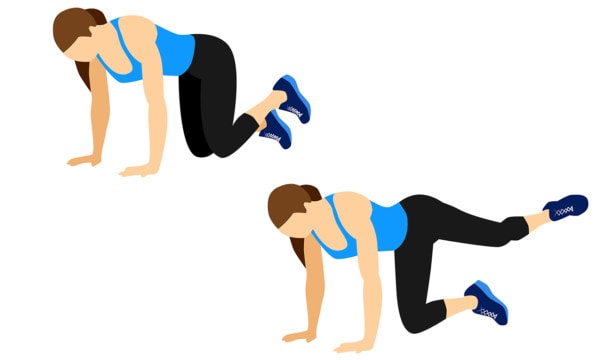
Katule/Shutterstock
Once you begin to get stronger, you can add one leg in the air to your gluteal bridge as shown:
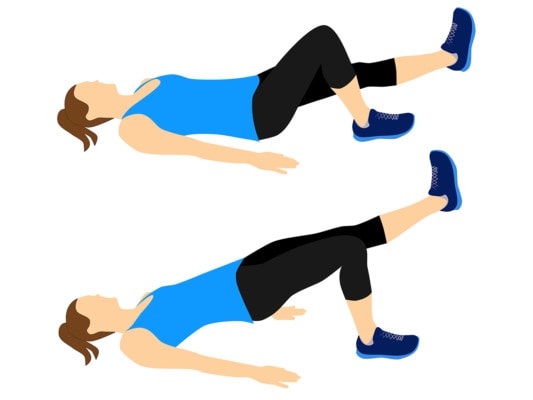
Katule/Shutterstock
You can also make the fire hydrant exercise harder with bands. These can be bought cheaply on Amazon. Start with the thinner and stretchier bands and then move up as you get stronger.
This butt program can start slow depending on how your back reacts. I would do 10–30 of the simple gluteal bridges and fire hydrants a few times a week to start. Once you know your back can tolerate this and you begin to notice your butt more in everyday movements, then add in the harder bridge with your leg up in the air and bands around your knees for the fire hydrants.
An Update on My Gluteal Inhibition
I began with the simple exercises above over a few weeks and then added in the harder ones. I can now feel my butt muscles kicking in to protect my back. My ITB pain is gone, and everything just feels better when I bend to lift something from the floor.
If this doesn’t work for you, then you may need an injection of the growth factors from your own blood platelets around irritated low back nerves. Why? Remember, these nerves supply the butt muscles, and if they’re too aggravated, then you may need to get them calmed down before being able to get your butt muscles back online.
The upshot? It’s easy as we age to forget critical parts of our body. While I was hitting workouts hard, I needed to pay more attention to the muscles that connected my spine to my legs. Once I did, it’s made a tremendous difference. So get your butt back—you’ll be glad you did!

If you have questions or comments about this blog post, please email us at [email protected]
NOTE: This blog post provides general information to help the reader better understand regenerative medicine, musculoskeletal health, and related subjects. All content provided in this blog, website, or any linked materials, including text, graphics, images, patient profiles, outcomes, and information, are not intended and should not be considered or used as a substitute for medical advice, diagnosis, or treatment. Please always consult with a professional and certified healthcare provider to discuss if a treatment is right for you.